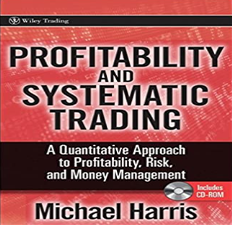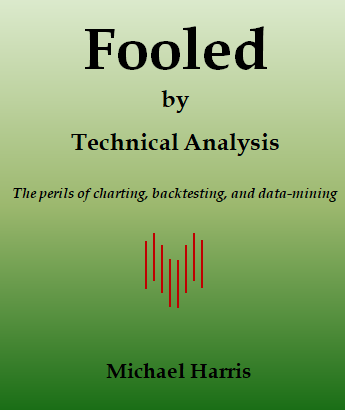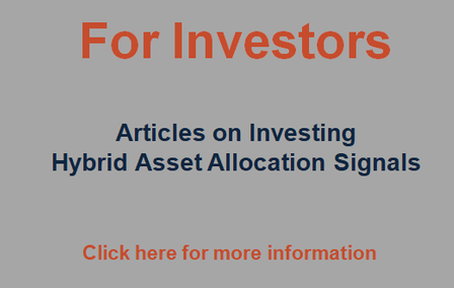Even if we view the US stock market as a quasi-Ponzi scheme, investing in it makes sense as long as the underlying drivers of returns remain intact. But do these returns translate to a tax on future generations?
A Ponzi scheme is a fraudulent operation that uses new investor capital to distribute profits to earlier investors. Eventually, when a new influx of funds dries up or investors realize there is no actual generation of profits, the scheme collapses.
Contrary to claims, mostly on financial social media, the US stock market is not a Ponzi scheme, as the majority of large-cap companies are highly profitable.
Although the current earnings yield of around 3.28% (inverse P/E) for the S&P 500 is below the long-term average of 4.24% and has been persistently so since the 1990s, it is still at a reasonable level to justify investments, provided investors are willing to pay the high multiple (about 30x earnings).
Next, we define a quasi-Ponzi scheme as an investment where participants are willing to pay for high multiples of earnings in anticipation of future returns. The capital of new investors partially pays earlier investors, while underlying profitability acts as a form of collateral.
In contrast to a strict Ponzi scheme, a quasi-Ponzi scheme can be perfectly legal. To avoid collapse, this type of scheme must meet certain requirements:
- The expected payoff from purchasing and holding the investment must justify the high multiples.
- Future innovation must justify the expected payoffs.
- There must be participants who are willing to lose money to avoid the game turning into a zero-sum.
The US stock market meets all the above conditions. Passive investing dominates, and investors are argued to invest and ignore the volatility because this is a highly innovative and dominant market, and the long-term uptrend is guaranteed. In addition, investors are convinced the central bank and government will intervene and provide liquidity (a put) and a low cost of money in case the market is under stress. There is now enough evidence to suggest that one of the primary objectives of the central bank is stock market stability, and this may at times be more important than price or labor market stability.
Since a quasi-Ponzi scheme is legal and the central bank and government are willing to lose money to support prices, then it is irrational for investors not to participate and profit. But who is ultimately losing money?
As the above chart shows, there appears to be some association between the public debt (black line) and the S&P 500 index (yellow line). This is not a claim about correlation or causation between these two. When there was a move to balance the budget and reduce deficits to zero in the late 1990s, the market collapsed for three years and started rising again after deficit spending resumed. Due to the trade imbalances with China and the flood of cheap capital to the US that prompted the real estate crisis in 2007-2008, the market again collapsed but was subsequently supported by quantitative easing. Then, due to the pandemic, the stock market crashed and swiftly recovered after intervention with low rates and fiscal spending. Lastly, although the central bank attempted to delay or even avoid rate hikes due to rising prices, eventually they had to hike, and there was a bear market in 2022, not only in stocks but also in bonds. Artificial intelligence and accelerated deficit spending played a crucial role, as the central bank faced constraints due to inflation.
In this type of quasi-Ponzi scheme, future generations may pay for current realized profits in the form of higher interest rates and lower purchasing power due to persisting higher price levels (CPI). In essence, in a bull market driven by higher public debt, investor profits are equivalent to a tax on future generations unless there is relentless productivity growth and innovation. We may blame future generations for not maintaining the exorbitant levels of productivity and innovation necessary to offset the profits realized by previous generations. This economic system may be unsustainable.
Conclusion
When investors identify a quasi-Ponzi scheme, it makes perfect sense to invest in it. These are unique and rare historical opportunities that may not repeat in a future economic system that will declare even quasi-Ponzi schemes as fraudulent or focus more on labor earnings than stock market performance. In fact, in a hypothetical crypto-based economy, these schemes will not even be viable due to the inability of the government to provide liquidity. Therefore, these are unique times and opportunities. How long will these opportunities last? No one knows. There are signs this quasi-Ponzi scheme is under stress. Over the past two years, the primary players have leveraged their most impactful narratives: artificial intelligence and quantum computing. The impact of these has been discounted already, and there is a search for a new narrative since the ability to inject liquidity into the system is limited at this point due to persisting inflation above the 2% target. However, there is “narrative fatigue” in the market, and another narrative is unlikely to affect prices soon. Existing liquidity may support stocks for a few months, but then the market may face headwinds.
Subscribe below for notifications of new posts and updates from the Price Action Lab Blog and get the free PDF book “Profitability and Systematic Trading” (Wiley, 2008).
Premium Content
By subscribing, you have immediate access to hundreds of articles. Premium Articles subscribers have immediate access to more than two hundred articles, and All in One subscribers have access to all premium articles, books, premium insights, and market signal content.
Disclaimer: We only provide the articles for informational purposes, not as investment advice or actionable content. We do not warrant the accuracy, completeness, fitness, or timeliness for any particular purposes of the articles. You should never treat the articles as financial advice. The author of this website is not a registered financial adviser. Before subscribing, please read our Disclaimer and Terms and Conditions.
Charting and backtesting program: Amibroker. Data provider: Norgate Data
If you found this article interesting, you may follow this blog via RSS, email, or Twitter









